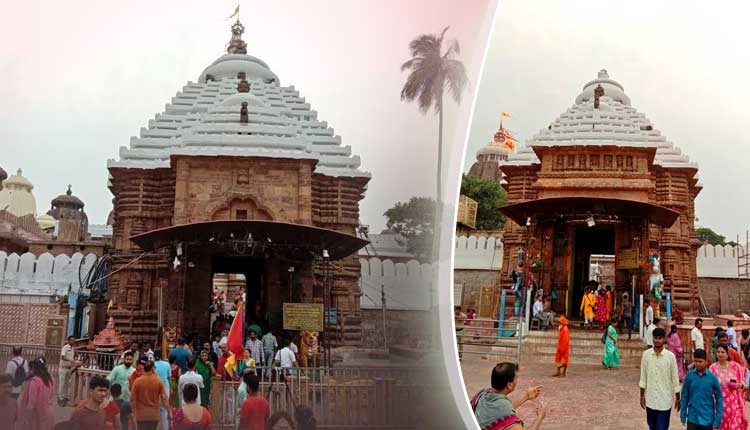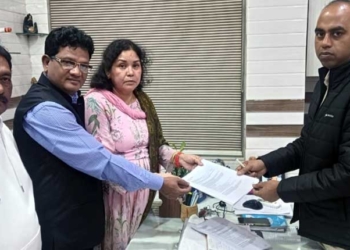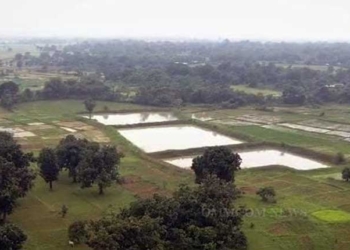Bhubaneswar: The 12th-century shrine of Lord Jagannath and his deity siblings Lord Balabhadra and Devi Subhadra is not only a sacred Hindu temple but also one of the char dhamas (four prominent pilgrimage centers) of the Hindus. The world-famous temple is the symbol and embodiment of the Odia culture and civilisation.
Built in the 12th century by King Anantavarman Chodaganga Deva of the Eastern Ganga dynasty, the temple has been molding the social, economic, political, religious, and cultural life of the people of Odisha for centuries. Built as per the Kalinga style of architecture, the temple is significant for its marvellous art, architecture, and sculpture.

The temple has four gates, centrally located on the four walls of the shrine. Apart from the Singha Dwara, all the other gates were closed during the Covid-19 pandemic causing inconvenience to the devotees who flocked to the shrine every day to obeisance to Lord Jagannath and his sibling deities. The Mohan Majhi government which took oath on Wednesday opened all the gates on Thursday morning to ease darshan. The Bharatiya Janata Party (BJP) had promised in its election manifesto (Sankalp Patra) to open all the gates of the shrine if elected to power. Thus, Majhi fulfilled the promise made to the devotees of Lord Jagannath.
The Four Gates
The Singha Dwara, or the Lion Gate, is one of the four gates to the temple of Shree Jagannath and forms the main entrance. It is named so because two colossal statues of crouching lions, carved in a naturalistic style, with crowns on their heads exist on either side of the entrance. The gate faces east opening onto the Bada Danda or the Grand Road. The Lion Gate is square in structure and built with a pyramidal roof. Its doorframes are of black chlorite and most beautifully carved. The statues of the two guards of the temple Jaya and Vijaya stand on either side of the doorway. Just before the Ratha Yatra (car festival), the idols of Jagannath, Balabhadra, and Subhadra are taken out of the temple through this gate. On their return from the Gundicha Temple, they have to ceremonially placate Goddess Mahalakshmi, whose statue is carved atop the door, for neglecting to take her with them on the Ratha Yatra.
Apart from the Singha Dwara, which is the main entrance to the temple, three other entrances are facing south, west, and north. They are named after the sculptures of animals guarding them such as the Ashwa Dwara or the Horse Gate on the south, the Vyaghra Dwara or the Khanja Dwara (the Tiger Gate) on the west, and the Hathi Dwara or the Elephant Gate on the north.
The Singha Dwara, the Ashwa Dwara, the Vyaghra Dwara, and the Hathi Dwara are also respectively called Purva Dwara, Dakshina Dwara, Paschima Dwara and the Uttara Dwara according to their directions. Each gate is located at the central part of the walls. The gates are crowned with pyramid-shaped structures. Worshipping of the gates also forms a part of the daily ritualistic services of the temple. Navagraha reliefs are carved on the architraves of all the gates. In almost all the gates there are small images of Shiva, Vishnu, Hanuman, Durga, and Nrusimha.
According to a local tradition, the four gates represent Chaturvarga (four Vargas) i.e., Dharma (Lion), Artha (Elephant), Kama (Horse), and Moksha (Tiger). Another tradition says that these four gates symbolise the four fundamental principles of Dharma (right conduct), Jnana (knowledge), Vairagya (renunciation), and Aishwarya (prosperity) in the direction of east, south, west and north respectively.
















